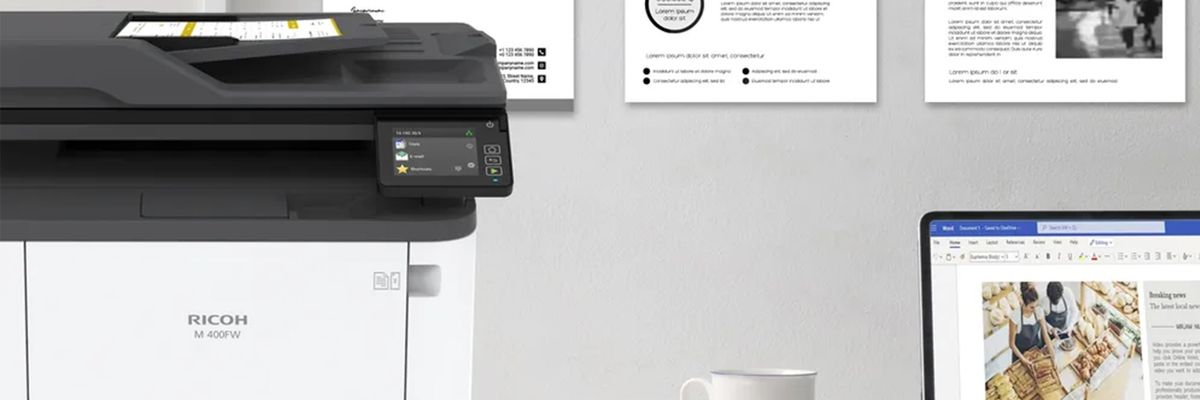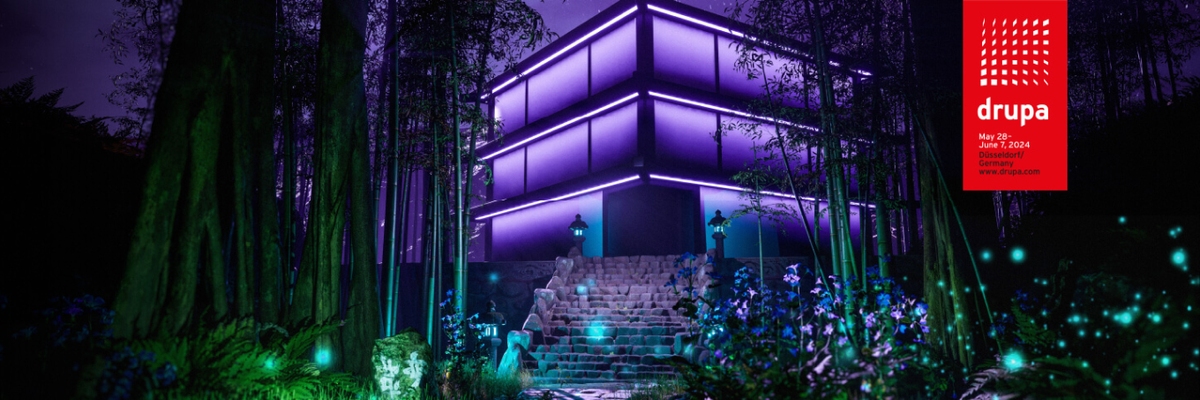
What lies ahead for the graphic arts industry in 2025?
By Ángel Bustamante, Vice president of Graphic Communications, Ricoh LATAM
In 2024, the graphic arts industry revolved around several key areas based on the evolution of the sector and adaptation to new demands. It is important to mention the Drupa trade show, where Ricoh LATAM was present with great success to showcase our innovations in solutions and cutting-edge technology to our customers in Latin America. And it is also key how progress was made in the region in the adoption of technologies that drive the automation of production processes to achieve the productivity and efficiency expected by the printing market.
As we move into 2025, we foresee the continued evolution of trends that emerged and flourished in the past year, such as advances in inkjet technology, and further expand the potential for migration from offset to digital.
The greatest opportunities lie in the ability of print companies to embrace digital alternatives and explain the high capacity of print as an essential component in elevating the creativity of customer communication in any industry. This approach highlights the unique value of print media: its tactile quality, its permanence, its adaptability, and the high customization it enables in marketing and communication strategies.
In this context, at Ricoh LATAM we see some trends that will impact the sector this year:
- Automation and AI trends: Automation in the graphic arts industry refers to the integration of technologies that optimize repetitive and manual tasks in production processes, from prepress to finishing. This includes the use of workflow management systems that optimize job distribution, improve quality, and reduce downtime. Artificial intelligence (AI) is also gaining ground in areas such as prepress, design, and quality inspection. AI systems can analyze large volumes of production data to foresee problems before they occur, manage machine performance, and even suggest changes to workflows to optimize efficiency.
- Sustainability and the green future of printing: Sustainability is increasingly important in the graphic arts industry due to environmental concerns. This involves not only the use of recyclable materials and waste reduction but also the implementation of greener production practices, such as the use of water-based inks and the optimization of printing processes to reduce energy consumption.
- New printing applications in communication and marketing:
Digital printers enable much more flexible and personalized applications, revolutionizing marketing. Personalized and on-demand printing is now more accessible, giving brands the ability to create specific and highly targeted campaigns.
- Personalized packaging: Offering unique packaging for products, with a more targeted approach to customer experience.
- Direct marketing: Printing personalized marketing materials (posters, brochures, etc.) that target specific customer segments with tailored messages.
- Creating immersive experiences: 3D printing and other innovative methods are beginning to offer new ways of interacting with consumers.
- The future of large-format printing and specialized applications: Large-format printing is booming, especially in areas such as signage, interior decoration, textile printing, and exhibit creation. This trend is being driven by the demand for impactful visual marketing solutions and the ability to create high-quality products on a large scale.
Ricoh is fully committed to innovation and development in this sector this year. The recent addition of the Pro Z75 and VC80000 is proof of this. Additionally, the launch of the VC40000 expands our innovative portfolio of solutions to meet the needs of critical communications, book production, and graphic arts applications. This will be supported by further development in digital workflows and automation using the latest AI capabilities.
As a company, we believe that our extensive experience of over 85 years in the industry, and our Henkaku (transformational innovation) philosophy will continue to resonate with our customers as we identify synergies and business opportunities and co-create together the printing technology ecosystem that best suits their current and future needs. In short, our philosophy shifts the agenda from traditional technological capabilities to creating a process in which we can co-innovate and achieve better business results.
These trends for 2025 increasingly point toward leveraging technologies for a wide diversity of applications. This approach allows companies to maximize their investment by adapting to different market needs. By diversifying into applications, these technologies not only increase efficiency but also open new business opportunities in a constantly evolving industry.














